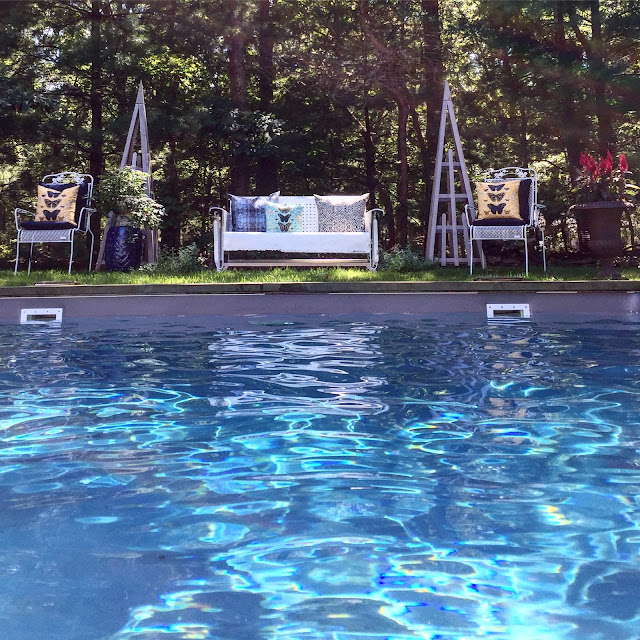The Why In Design Column- The Meaning and Beauty of Queens Lace utilized in Design
THE WHY IN DESIGN COLUMN:
The Beautiful, Unique Qualities of
Queen Anne's Lace
in Textiles And Botanical Prints
Much of our collective fascination with botanicals can be seen in textiles, botanical prints and wallcoverings both today and throughout history. Designers have showcased botanical and floral designs in the home during all time-periods of history. Whether depicted in modern or traditional fashion, it's safe to say we collectively love florals and I suspect it's becuase they bring beauty and joy to a home.
I recently learned about the Victorian's fascinating with botanicals and how they told stories through a language of florals– a nosegay of gifted flowers could be decoded to learn the intentions and feelings of another person without having actually to speak with them. For instance; red roses symbolizes love, rosemary is remembrance, Hydrangeas mean heartlessness (yikes, I had no idea and they are one of my favorites) and violets faithfulness. But to the Victorians, Queen Anne’s lace meant sanctuary, safety and refuge and is today it’s often referred to as the Bishops flower.
A little about this beauty- Queens Lace is a biennial wildflower with branching stems. It has five white or pinkish white petals and arranged in large umbrella-shaped clustersm and it is the ancestor of our cultivated garden carrot. Many believe the flower’s name is from expert lace maker England’s Queen Anne II, who lived in the late 1600s. In the 18th century, the Englishs referred to this flower as “living lace.” According to this legend, the “living lace” name came from a contest the Queen hosted for her ladies-in-waiting. She challenged them to produce a piece of lace as delicate and beautiful as this flower.
Eventually it made it’s way to the United States and today, you can see this snowy white wildflower herb growing wildly along roadsides in sunny spots often paired with wild blue chicory. Although the plant is considered an invasive weed, it can actually be an attractive addition to a wildflower garden.
root cellar designs' Queen's Lace wallpaper- cornflower noir (left); linen fern (right)
You will often see Queen’s Lace depicted in many antique botanical prints and we loved that and created Queen’s Lace in our root cellar designs collections. We have created many botanicals in our collections showing florals in our unique, modern way but our Queen’s Lace is one of our favorites. The illustrative watercolor design depicts sprigs of the lacy flower and showcasing it’s delicate nature in three stages of growth. we print Our Queens Lace pattern on both fabric and wallpaper with our wallpaper in a large oversized version for a dramatic effect and it has been used by designers on many projects.
XO Tamara










.jpg)




